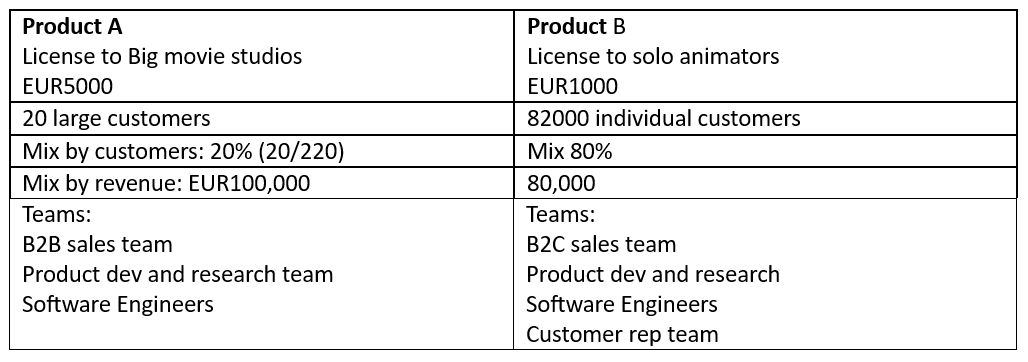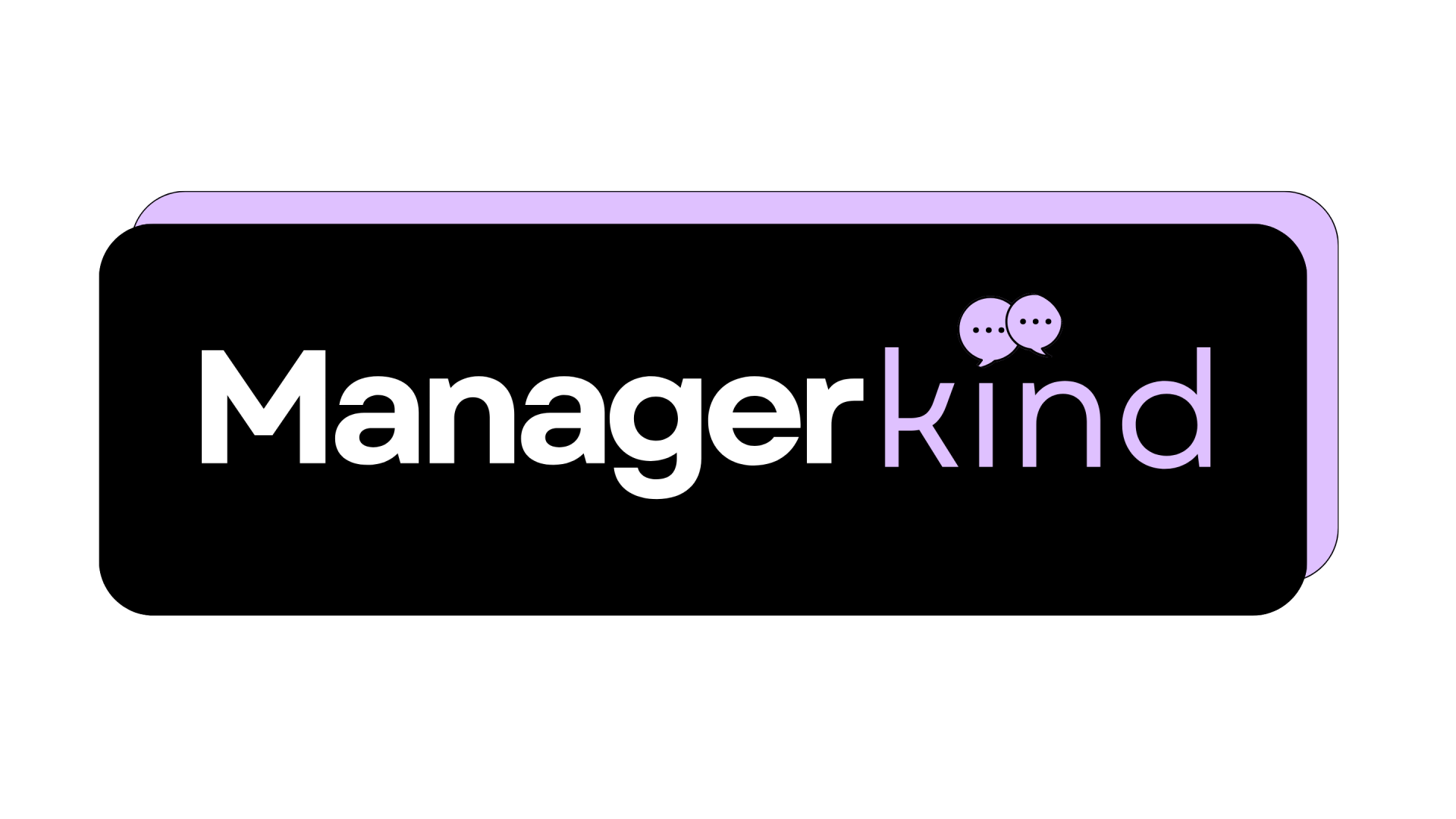5 Years of Experience
Satisfied students
Certified experts
Awards
Using future "headcount" to identify L&D priorities
A key principle of the PICA model is to predict ahead what the company plans are and to work backwards. One key data point to find out is what the future headcount/number of staff will be in 2, 3 or 5 years time.
It’s such a simple stat but knowing the headcount will help you as an L&D determine:
1. Is the company growing, staying flat (the same), or decreasing
2. In which departments/teams in the company is headcount changing
This helps you ascertain key knock on effects for people and any L&D initiatives
Usually a company has tied people growth to new products/services it wants to sell and new markets it wants to enter. So, as step 2 in PICA asks you to identify which teams are impacted by a priority (such as market or product growth), getting the headcount is crucial to work backwards.
Example
A cloud software business currently has 140 staff. In 3 years time the company is planning for a 280 headcount. You query and realise, 40 of these are to serve the UK/Europe market as the company is currently US-based.
This simple info means new staff will have to be onboarded, a new operation will create time zone challenges, and possibly training to manage remote teams!
This simple info means new staff will have to be onboarded, a new operation will create time zone challenges, and possibly training to manage remote teams!

Key questions to ask an L&D
- How many staff are we planning over the next 2, 3 or 5 years?
2. What is the timeline for the headcount?
3. In which departments/teams in the company is headcount changing
4. Are any of these teams new link to any new products or services at the company wants to develop that it currently doesn’t offer?
Watch out for
Most companies that have a long-term business plan. Especially those that are backed by external investment, such as with venture capital or private equity. They will almost always guaranteed have a 3-5 year plan.
By simply asking your HR business partner, people, director or your line manager the future headcount and proactively assessing the knock on effects can put you in a strategic forward playing position.
But…
This plan might be considered high level for the company i.e. they may have made assumptions on the future number of staff at the want and the revenue targets they want to achieve.
But they may not have figured out what exactly those teams look like, what exactly those products and services would be where they may operate, where in the org chart they will set.
But they may not have figured out what exactly those teams look like, what exactly those products and services would be where they may operate, where in the org chart they will set.
They usually express it as “two more products and markets, served by a new team, by X date”.
Therefore, this is one of the reasons why companies always keep changing their priorities or it looks like they are frequently changing. But actually the company is just figuring this out as they go along. And it's our job as L&D professionals to also develop a dynamic L&D strategy.
But also turn this to your advantage and help the company answer those questions, and develop “scenarios”. If X decision, then Y L&D initiative (we’ll write another post on scenario planning soon!)
But also turn this to your advantage and help the company answer those questions, and develop “scenarios”. If X decision, then Y L&D initiative (we’ll write another post on scenario planning soon!)
Sign up to the L&D Means Business Community
Learn business acumen, get resources, tools, tips and access to events!
Our team is always ready to help you
— Companies
Our partnerships
To offer top quality training we work with a number of innovative organizations that offer cutting edge, high quality training and professional development opportunities to individuals.






— What they think


